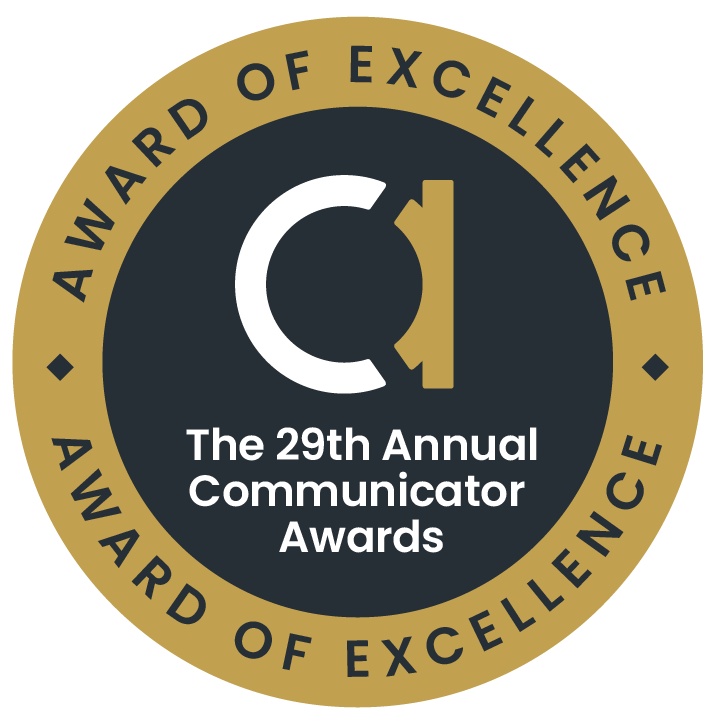OFAC announces TD Bank settlement – sanctions violations due to customer screening gaps.
Day: January 20, 2022
Tom Fox and Richard Lummis return to mine leadership lessons from American’s Presidents. In this episode, the consider our second President, John Adams. Adams presidency was glossed over with little more than a brief mention, most probably because he was President between two of our more memorable presidents – Washington and Jefferson. Samuel Eliot Morrison once said that history teaches us how to behave and Adams provides a great example on it. The following list contains 12 qualities that made him a great man and a great leader:
1. He valued education. He began his education at college when he was fifteen and he never lost his curiosity. He passed this tenet to his children, stressing education to his children and played a large role in their learning. The more Adams thought about the future of America, the more he was convinced it was through education.
2. He strove for a good reputation. As a young lawyer, Adams knew he would get nowhere without a good reputation. The same is even more so today.
3. He loved his wife. McCullough’s book made clear the love story that was of John and Abigail Adams. As much as he was apart from his wife, the more he sought her counsel. The benefit for the historian and for us is that such counsel came through correspondence preserved for posterity. Adams never operated in a bubble and neither should you.
4. He fought for what was right. Adams knew that defending the British soldiers involved in the Boston Massacre would harm his reputation and it did but it was also the right thing to do.
5. He was a great communicator. This surprised me a bit as I had always thought this was a weakness of Adams. Yet he made himself into both a great writer and speaker, through study of the Classics.
6. He recognized his weaknesses and brought in others to fill those talent gaps. When Adams found himself in a situation where he felt inadequate, he did one of two things: recommend someone else, and if that was not possible; he would learn what he had to, and then work diligently to achieve the desired outcome.
7. He could spot talent. This is perhaps where Adams shined the brightest, as Adams was the first to submit George Washington’s name for general of the Continental Army, a post being clamored for by many. He also recruited the pen of Thomas Jefferson to draft the Declaration of Independence and the wisdom of Benjamin Franklin to help edit it.
8. Physical courage. Leaders should always stand up for others and exhibit courage in the face of danger and Adams was exception. Particularly during the revolutionary years, Adams demonstrated great personal courage.
9. He had unwavering integrity. Many people disliked Adams for his political views, but they never could say that he was not a man of integrity. He was loyal to a fault to those he called friends.
10. He had perseverance. Adams was in the long line of hearty and dogged New Englanders. Yet when he was a diplomat he found it did not suit him but he preserved and helped negotiate favorable treaties for the colonies and later United States.
11. He had the ‘vision thing’. Long before it was so articulated, Adams was able to articulate a vision for the fledgling colonies as an independent nation that many others could not. Being able to see the bigger picture is a trait that leaders must possess if they are going to be successful in the long-run.
12. He was a true public servant. The public career of John Adams can be described as nothing other than service beyond self. Adams believed in something bigger – he literally gave his life so that every American might have the freedom and liberty to live the life we choose.
Over the weekend I saw Joel Coen’s The Tragedy of Macbeth on Apple TV. To say it blew me away would be putting it mildly. I have been reviewing the film this week and exploring my love of all things Shakespeare in this week’s blog posts. Today, I want to consider Frances McDormand in her starring role as Lady Macbeth and how her experiences of life point to learning curves.
McDormand herself said that she was destined to play the role. Stephen Schaefer, writing in the Boston Herald, quoted her for the following, ““The first thing that got me hooked on being an actor the rest of my life was the sleepwalking scene from ‘The Tragedy,’” she said of Shakespeare’s guilt-ridden murderess Lady Macbeth, who can never wash the blood from her hands. “I did it when I was 14,” she said. “Then I’ve been pretty much practicing and rehearsing for it for 50 years. It had kind of a fated inevitability to it.””
While other versions of Macbeth, notably Roman Polanski’s 1972 version, used younger actors in the lead roles, here Director Coen focused on older versions of the Macbeths. Schaefer also focused on the experience of the actors, McDormand and Denzel Washington, playing the lead roles. Both actors understand about the drive to achieve the next success, which for Macbeth was to take over the Kingdom of Scotland. Schaefer also noted, “McDormand, 64, agreed. “You might think they don’t understand. But guess what? We understand because when we first talked about the film, Denzel and I (it was our own private conversation), both understood about each other: There’s always been a fight. We fought it as gracefully as possible. The fight’s never going to be over. “So we brought that to it. We still know how to fight. Maybe we were limping a little bit. Maybe it took us a little bit longer to get there, but the fight was still there.””
In a recent Harvard Business Review (HBR) article, entitled “Managing Your Organization as a Portfolio of Learning Curves”, author Whitney Johnson, posited, “As people develop competence in a new domain of expertise, they move along an S Curve: Growth is slow and effortful at the outset, or launch point. It then progresses rapidly as people acquire new skills in a stretch known as the sweet spot. At the peak is mastery, when work becomes easier but the curve flattens. Understanding where your employees are on this S Curve of Learning will help you coach them appropriately, craft thoughtful succession plans, and build a team with diverse but complementary strengths.” I use the article as a starting point for the Chief Compliance Officer (CCO) to use it to aid in developing a strong compliance bench at your organization.
The ‘S’ learning curve has three components; (1) launch point, (2) sweet spot and (3) mastery. It was originally developed by Everett M. Rogers, “to show how new ideas and technologies spread.” However, Johnson also saw it as “the trajectory that people move along as they develop competence in a new domain of expertise.” She calls it the “S Curve of Learning;” where growth is slow and effortful at the outset, which is the launch point. The initial phase is “followed by rapid upward progress as people acquire new skills and overcome setbacks: a stretch I think of as the sweet spot. At the peak is mastery—when work becomes easier, but the curve flattens because there is little left to learn. When that happens it’s time to jump to the bottom of a new S Curve, put in the effort, and experience the thrill of climbing again.”
Johnson applied this concept to three areas which are also important to the corporate compliance team; talent development, succession planning and building an “A Team’. Many have said that talent development, acquisition and retention will be one of the most critical corporate endeavors going into the 2020’s. This is even more true for the compliance function. Our discipline is at a cross-roads with many non-legal concepts becoming more important. Such skills as data analytics, behavioral psychology and others are replacing the need to be able to recite the text of the Foreign Corrupt Practices (FCPA). The S Curve in talent development gives CCOs and their compliance team members a “common language for discussions about personal growth and talent development—about people’s progress in their roles and their future with the organization. When one of your reports says, “I’m at the launch point,” you’ll know that person is struggling to gain traction. When someone says, “I’m in the sweet spot,” he or she has momentum and is feeling competent and confident. And when you hear an employee say, “I’m in mastery,” the message is clear—“I know I’m good at this, but I can’t keep doing it—I need a new challenge.””
Under succession planning, it is not enough to plan what is next for the organization or even your compliance team; you also need to consider what is next for the individual. Johnson wrote, “Doing this well involves anticipating which people might move on and when, identifying team members who might assume this role, and then thinking about those who could backfill that role.” In other words, you need think of it as a multi-dimensional chess game; not only thinking several moves ahead but also on X, Y and Z axes. Such an approach allows you to “see when the high-contribution sweet spot is about to yield to mastery, and shortly thereafter, boredom and stagnation. Keeping people who’ve reached the mastery stage in a role for too long carries risks. An employee can become complacent or a flight risk. And if, as an organization or team, most of your people are in the sweet spot, humming along, you may be courting the danger that your entire team could suddenly be in mastery, setting off a wave of departures. Counter these risks with succession planning for each individual.”
Now think about all of the above in building out your ‘A’ compliance team. Johnson advocates diversity in talent on the ‘S’ curve so that some team members are on the sweet spot and some in the others. She stated, “You want people who have a variety of aptitudes and ambitions, and you want a balanced portfolio of people at different stages of growth. People in mastery have deep experience, people at the launch point bring fresh perspectives, and those in the sweet spot have both the enthusiasm and competence to breathe life into a project. Although every team is different, many look like a bell curve, with most members in the sweet spot at any given time and a small percentage of people at the launch point and in mastery. When putting together a team, smart leaders make sure they have people on all major phases of the curve—what I call a matched team.”
Just as McDormand’s portrayal of Lady Macbeth is thought-provoking so is Johnson’s piece. If you are looking for a low-cost way to improve your compliance team, this approach gives you several ways to think through talent development, retention and advance.
Tomorrow, the sisters.





